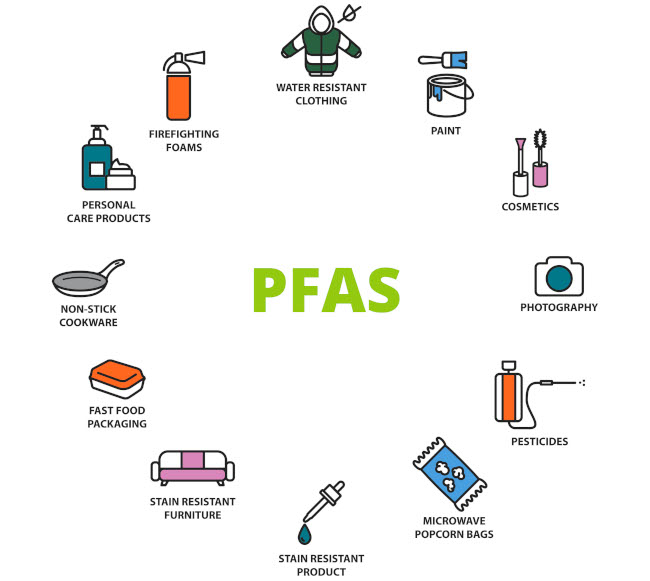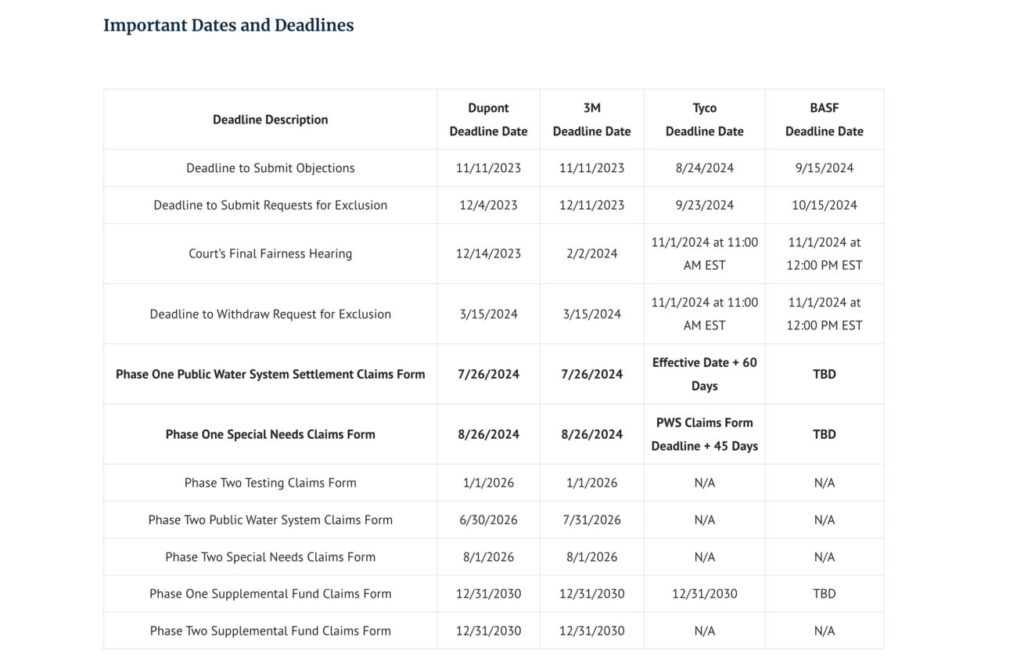PFAS Polluters to Pay $14.75 Billion Settlement Direct to Public Water Systems
Welcome to a special edition of “Engineers for Communities“, dedicated to unraveling the complexities of PFAS litigation and its implications for water utilities across the United States. Today, we’re diving deep into the subject with insights from Sam Wade, former CEO of the National Rural Water Association, and current Water Consultant to Napoli Shkolnik Law to understand the legal landscape and financial opportunities available to utilities grappling with PFAS contamination.
Understanding PFAS: The Forever Chemicals
Per- and polyfluoroalkyl substances (PFAS), commonly known as forever chemicals due to their persistence in the environment, have been used extensively in various industries since the 1940s. Found in everything from firefighting foams to everyday consumer products like cosmetics and water-resistant clothing, PFAS poses significant health and environmental risks. Recognized for their carcinogenic properties, these chemicals have infiltrated water supplies, leading to stringent regulatory measures by the EPA, including setting maximum contaminant levels (MCLs) as low as four parts per trillion.

In response to the widespread impact of PFAS, a monumental litigation effort was spearheaded by the Napoli Skolnick law firm, representing various utilities against global PFAS manufacturers. The goal? To alleviate the financial burdens faced by utilities due to required PFAS remediation efforts. As of 2023, settlements have reached approximately $14.75 billion, with major contributions from companies like 3M, DuPont, Tyco, and BASF. The goal is to hold these companies accountable for the environmental and health damage caused by PFAS. Notably, settlements have been reached with several companies, including:

